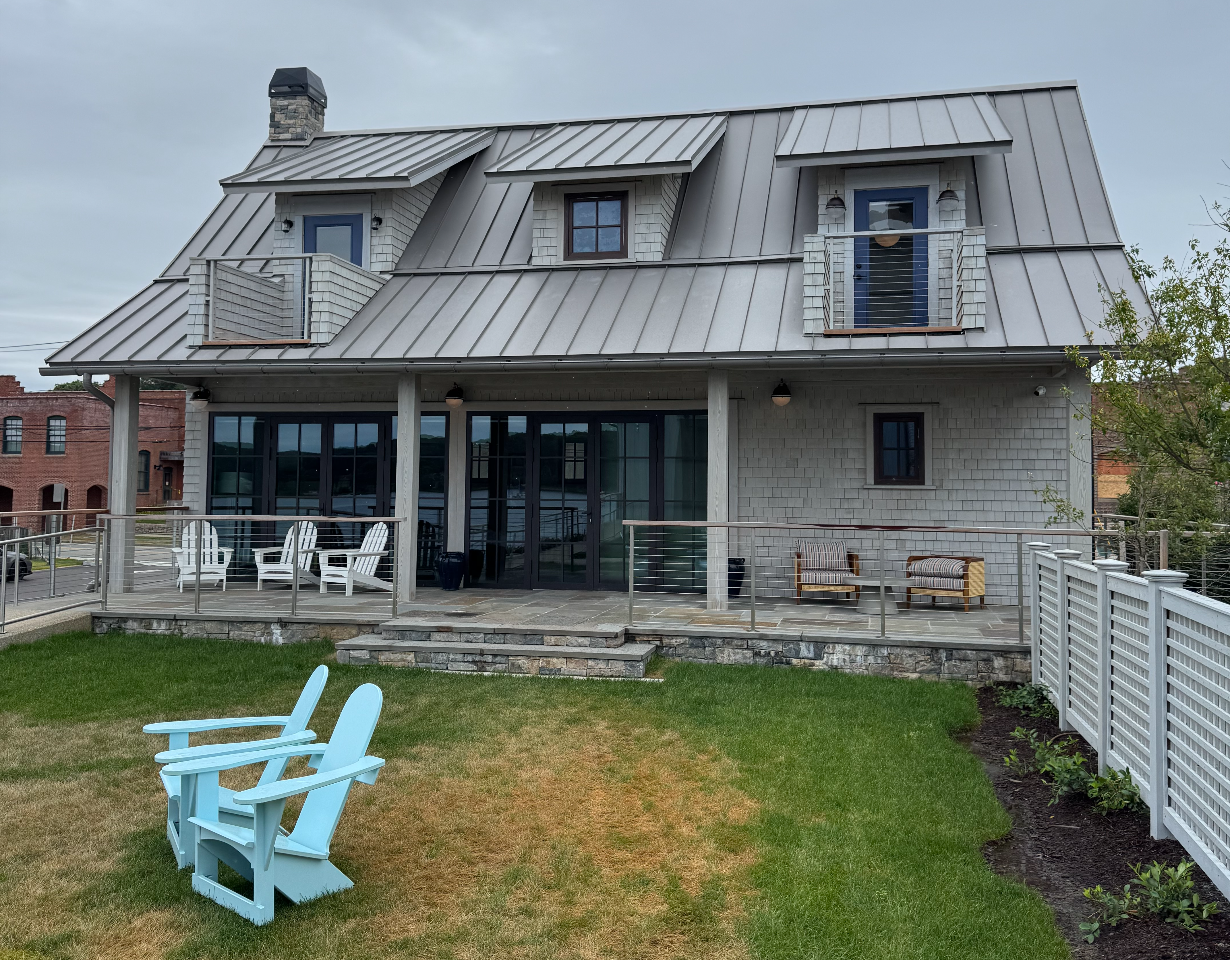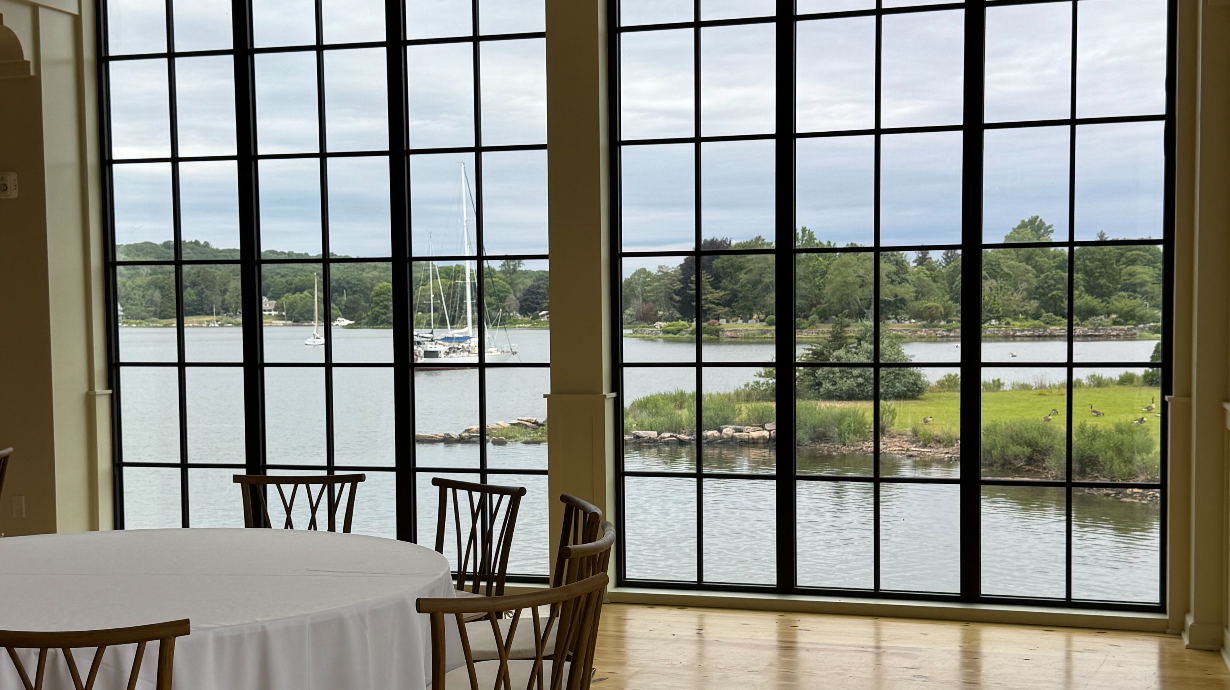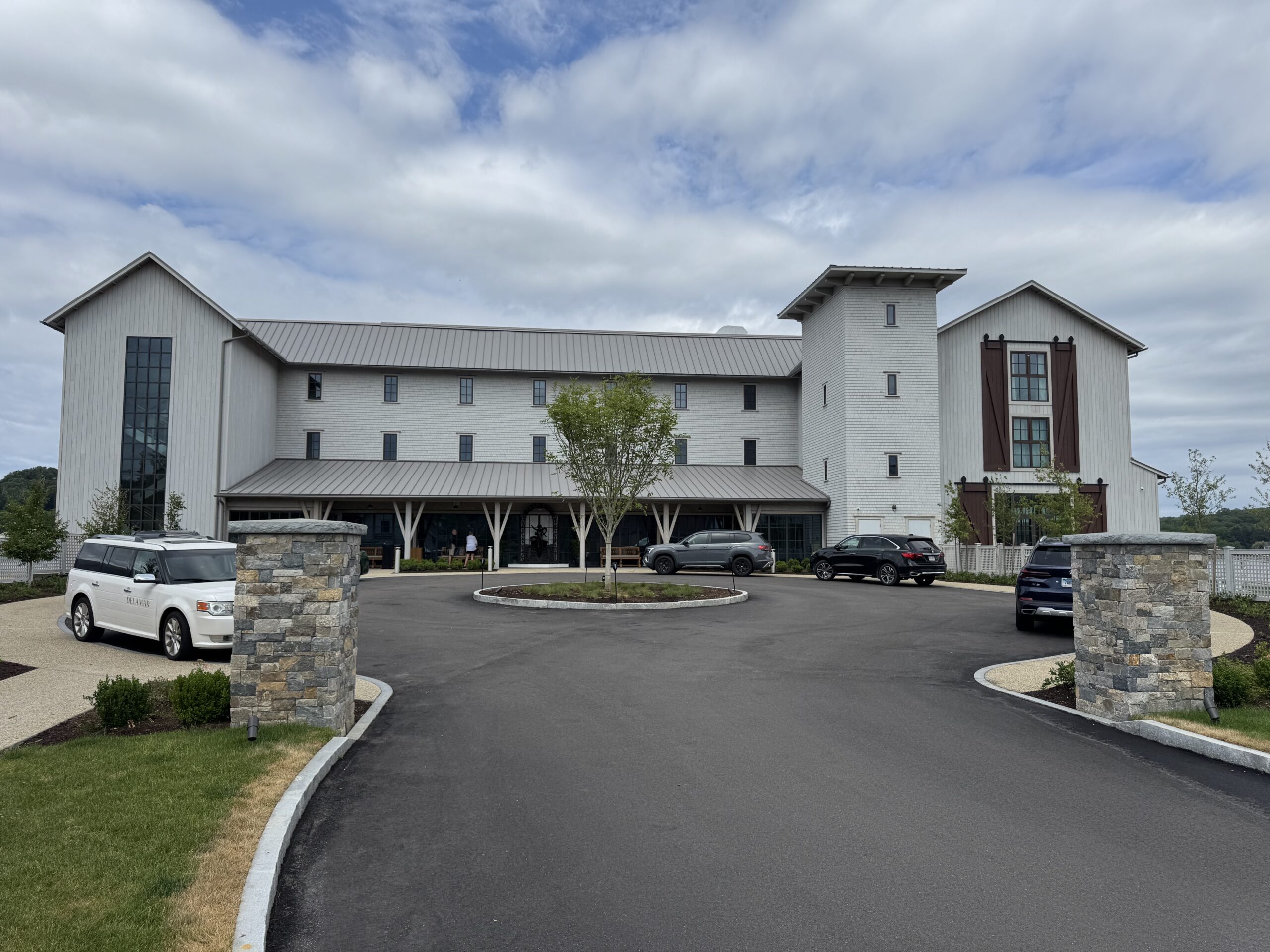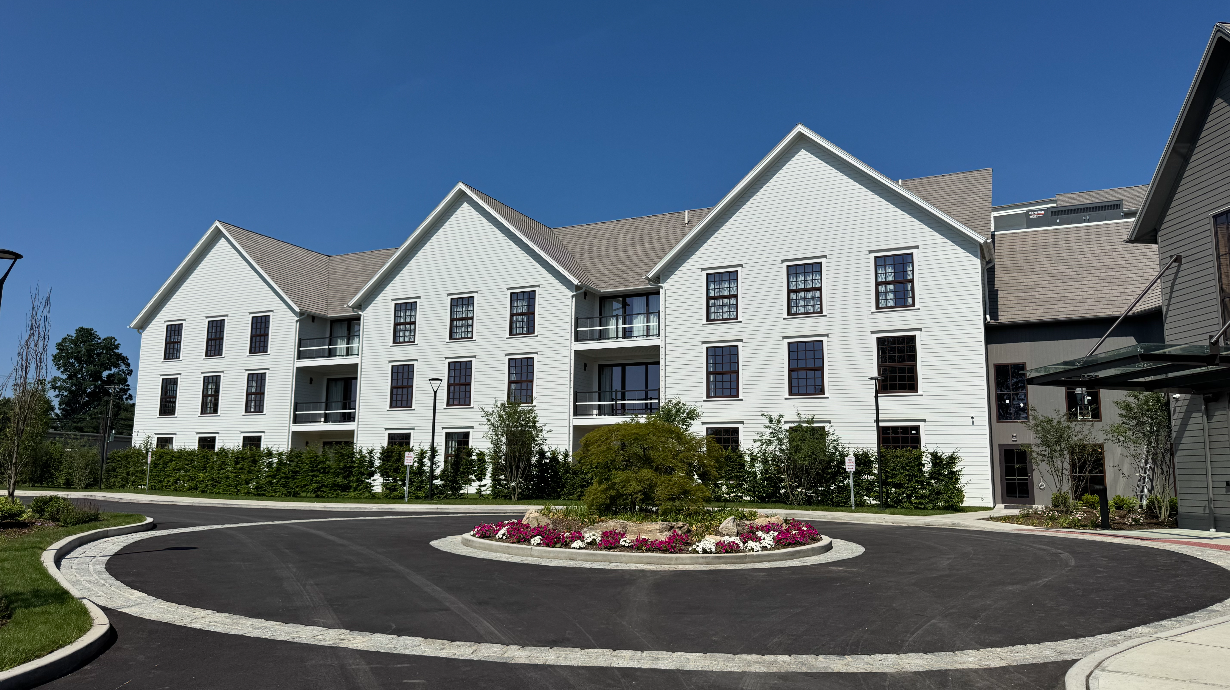Choosing the right window frame material is one of the most critical decisions in any window replacement or new construction project. Each material—aluminum, uPVC, steel, and wood—offers distinct advantages and characteristics that make them suitable for different applications, climates, and aesthetic preferences. Understanding the performance, durability, maintenance requirements, and cost implications of each material ensures you make an informed decision that delivers optimal long-term value.
This comprehensive comparison examines the four primary window frame materials available today, analyzing their thermal performance, structural capabilities, aesthetic appeal, and practical considerations to help you select the perfect material for your specific project requirements.
Aluminum Window Frames: Strength Meets Sophistication
Aluminum Frame Advantages
Aluminum has emerged as a premium choice for modern window applications, particularly when enhanced with thermal break technology. The exceptional strength-to-weight ratio of aluminum allows for large glass areas with minimal frame visibility, creating stunning architectural statements while maintaining structural integrity.
Key advantages of aluminum frames include:
- Superior Strength: Support for large panels and floor-to-ceiling windows
- Minimal Sightlines: Narrow profiles maximize glass area and views
- Durability: Corrosion resistance and long service life
- Low Maintenance: Powder-coated finishes requiring minimal upkeep
- Design Flexibility: Custom colors and finishes available
- Recyclability: Environmentally sustainable at end of life
Modern thermally broken aluminum systems like the MB-86N window system achieve exceptional energy efficiency while maintaining aluminum’s structural advantages, making them ideal for contemporary architectural applications.
Thermal Performance Evolution
Historic concerns about aluminum’s thermal conductivity have been addressed through advanced thermal break technology. Modern aluminum windows achieve U-values comparable to other premium materials:
- Traditional aluminum (no thermal break): 4.0-6.0 W/(m²K)
- Thermally broken aluminum: 0.8-2.0 W/(m²K)
- Advanced systems with aerogel: As low as 0.6 W/(m²K)
This dramatic improvement makes aluminum competitive with any other frame material for energy efficiency while maintaining superior structural performance.
Aluminum Frame Applications
Aluminum excels in applications requiring:
- Large windows and curtain wall systems
- Commercial and high-end residential projects
- Coastal environments requiring corrosion resistance
- Modern architectural styles emphasizing clean lines
- Projects prioritizing low maintenance requirements
uPVC Frames: The Energy Efficiency Champion
uPVC Material Characteristics
Unplasticized Polyvinyl Chloride (uPVC) has become synonymous with energy-efficient windows, offering excellent thermal insulation through multi-chamber profile designs. The material’s inherent insulating properties, combined with sophisticated manufacturing techniques, create frames that excel in thermal performance.
uPVC frame benefits include:
- Excellent Thermal Insulation: Multi-chamber designs eliminate thermal bridging
- Cost Effectiveness: Superior performance at competitive prices
- Weather Resistance: UV-stable formulations resist fading and degradation
- Sound Insulation: Dense material provides excellent acoustic performance
- Security Features: Steel reinforcement enables multi-point locking systems
- Color Options: Wide range of colors and wood-grain finishes
Premium uPVC systems like the Kömmerling 76 MD demonstrate how advanced engineering can achieve exceptional performance with U-values as low as 0.73 W/(m²K).
uPVC Profile Technology
Modern uPVC windows utilize sophisticated profile designs featuring:
- Multi-Chamber Construction: 5-7 chambers providing superior insulation
- Steel Reinforcement: Internal steel increasing structural strength
- Advanced Sealing Systems: Multiple gasket systems ensuring weather resistance
- Thermal Breaks: Design elements preventing heat transfer
- Drainage Systems: Integrated water management preventing moisture problems
uPVC Limitations and Considerations
While uPVC offers excellent performance, certain limitations should be considered:
- Limited suitability for very large windows due to structural constraints
- Thermal expansion requiring careful installation and adjustment
- Color limitations compared to aluminum coating options
- Potential for frame sagging in extreme heat without proper reinforcement
Steel Frames: Timeless Elegance and Security
Steel Frame Heritage and Modern Applications
Steel windows represent a classic architectural element that has been reimagined for contemporary applications. While maintaining the narrow sightlines and authentic character of traditional steel windows, modern systems incorporate thermal breaks and advanced glazing for improved energy efficiency.
Steel frame advantages include:
- Authentic Character: Classic industrial and historical architectural appeal
- Ultra-Narrow Profiles: Maximum glass area with minimal frame visibility
- Exceptional Strength: Support for large glass panels in slender frames
- Longevity: Properly maintained steel frames can last 50+ years
- Security: Inherent strength provides excellent burglar resistance
- Custom Options: Fabricated to exact specifications
Contemporary steel systems like the Janisol Arte 2.0 combine traditional aesthetics with modern thermal performance through advanced engineering and thermal break technology.
Steel Frame Performance Characteristics
Modern steel windows address traditional thermal concerns through:
- Thermal break integration reducing heat transfer
- High-performance glazing systems
- Precision manufacturing ensuring proper fit and sealing
- Advanced corrosion protection coatings
- Insulated glazing compatibility
Steel Frame Applications
Steel windows are ideal for:
- Historic renovation projects requiring authentic appearance
- Contemporary designs emphasizing industrial aesthetics
- Applications requiring maximum glass area
- High-security installations
- Custom architectural features and unique configurations
Wood Frames: Natural Beauty and Traditional Performance
Wood Frame Characteristics
Wood remains a popular choice for window frames, offering natural beauty, excellent insulation properties, and traditional craftsmanship appeal. Modern wood windows incorporate advanced treatments and engineering to address historical durability concerns while maintaining aesthetic advantages.
Wood frame benefits include:
- Natural Insulation: Wood’s cellular structure provides inherent thermal resistance
- Aesthetic Appeal: Warm, natural appearance complementing various architectural styles
- Customization: Unlimited staining and painting options
- Repairability: Damaged sections can be repaired rather than replaced
- Environmental Benefits: Renewable resource with carbon sequestration
- Traditional Craftsmanship: Classic joinery techniques and detailing
Modern Wood Window Technology
Contemporary wood windows incorporate advanced features:
- Engineered Lumber: Laminated wood products providing superior stability
- Advanced Finishes: Factory-applied coatings extending service life
- Weather Sealing: Modern gasket systems improving performance
- Hardware Integration: Contemporary hardware systems enhancing operation
- Glazing Systems: High-performance glass maximizing energy efficiency
Wood Frame Maintenance Requirements
Wood frames require more maintenance than other materials:
- Periodic refinishing every 3-7 years depending on exposure
- Regular inspection for moisture damage or insect activity
- Prompt repair of any damage to prevent deterioration
- Seasonal adjustment and hardware maintenance
Comparative Performance Analysis
Thermal Performance Comparison
Thermal efficiency varies significantly among materials:
- uPVC: 0.7-1.5 W/(m²K) – Excellent thermal performance
- Wood: 1.0-2.0 W/(m²K) – Good natural insulation
- Aluminum (thermal break): 0.8-2.0 W/(m²K) – Competitive when properly engineered
- Steel (thermal break): 1.5-2.5 W/(m²K) – Adequate with proper design
Structural Capabilities
Load-bearing capacity and size limitations differ among materials:
- Steel: Highest strength-to-weight ratio, supports largest panels
- Aluminum: Excellent strength, ideal for large commercial applications
- Wood: Good structural properties but limited by moisture sensitivity
- uPVC: Adequate with steel reinforcement, limited for very large windows
Durability and Lifespan
Expected service life varies by material and maintenance:
- Aluminum: 40-60 years with minimal maintenance
- uPVC: 25-40 years with proper installation
- Steel: 50+ years with proper maintenance and corrosion protection
- Wood: 30-50 years with regular maintenance
Cost Analysis and Value Considerations
Initial Cost Comparison
Material costs vary based on quality and performance level:
- uPVC: Most cost-effective for standard applications
- Wood: Moderate cost with variable pricing based on species and quality
- Aluminum: Premium pricing reflecting performance and durability
- Steel: Highest initial cost due to custom fabrication requirements
Lifecycle Cost Analysis
Total cost of ownership includes maintenance and energy performance:
- uPVC: Low maintenance costs, excellent energy performance
- Aluminum: Minimal maintenance, superior longevity justifies premium
- Wood: Higher maintenance costs offset by repairability
- Steel: Moderate maintenance with exceptional longevity
Climate and Environmental Considerations
Climate Suitability
Different materials perform better in specific climates:
- Coastal Areas: Aluminum and uPVC resist salt corrosion
- Extreme Cold: uPVC and wood provide superior insulation
- High UV Exposure: Aluminum and quality uPVC resist degradation
- High Humidity: Aluminum and uPVC prevent moisture problems
Environmental Impact
Sustainability considerations vary among materials:
- Wood: Renewable resource, carbon sequestration benefits
- Aluminum: Highly recyclable, energy-intensive production
- uPVC: Long service life, recycling challenges
- Steel: Recyclable, moderate environmental impact
Making the Right Material Choice
Selecting the optimal frame material requires considering multiple factors:
Performance Priorities
- Energy Efficiency: uPVC and thermally broken aluminum excel
- Large Windows: Aluminum and steel provide necessary strength
- Low Maintenance: Aluminum and uPVC require minimal upkeep
- Traditional Aesthetics: Wood and steel offer classic appeal
Project-Specific Considerations
- Budget Constraints: uPVC offers best value for standard applications
- Architectural Style: Material should complement design intent
- Local Climate: Environmental conditions influence material selection
- Building Codes: Energy requirements may favor certain materials
Conclusion
Each window frame material offers unique advantages that make them suitable for different applications and priorities. uPVC provides excellent energy efficiency and value, aluminum delivers superior strength and low maintenance, steel offers authentic character with modern performance, and wood maintains natural beauty with traditional appeal.
The best choice depends on your specific requirements for performance, aesthetics, budget, and maintenance preferences. Understanding these material characteristics ensures you select windows that deliver optimal satisfaction and value throughout their service life.
Contact Rhea Windows for expert consultation on selecting the optimal frame material for your project. Our experience with all premium window materials ensures recommendations that perfectly match your performance requirements, aesthetic preferences, and budget considerations.
Frequently Asked Questions
uPVC generally offers the best thermal performance with U-values as low as 0.7 W/(m²K), followed closely by thermally broken aluminum systems that can achieve similar efficiency levels.
Aluminum with powder coating provides the best corrosion resistance for coastal applications, followed by high-quality uPVC, while wood and steel require special treatments for salt air exposure.
Aluminum frames require the least maintenance with powder-coated finishes lasting decades, while uPVC also offers low maintenance requirements compared to wood frames that need regular refinishing.




